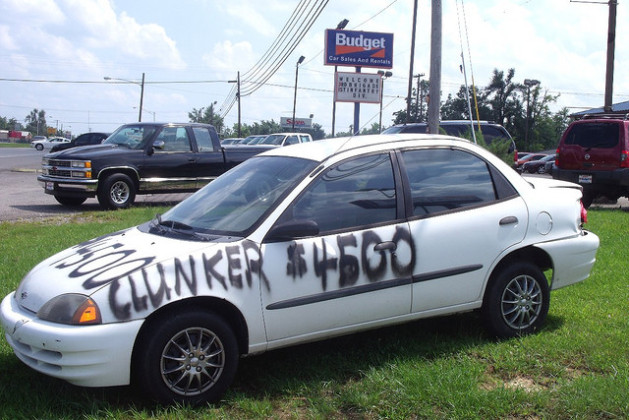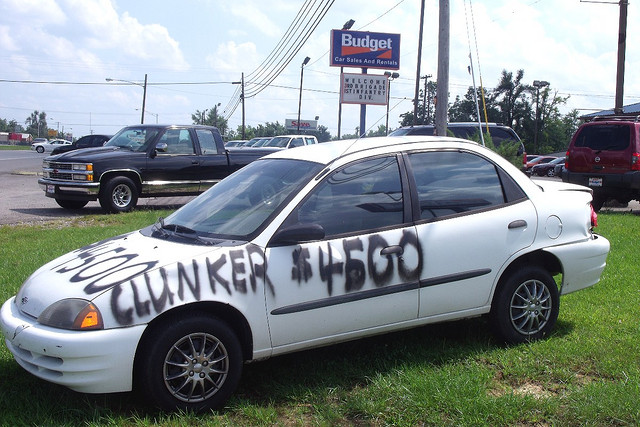
While it’s common for people to trade in cars, many wonder just how the typical dealer comes up with an appraised value. Here’s some information that will take away a little of the mystery from the process and answer some of the questions that you may have.
Questions You’ll Be Asked
When you show up to the dealership and tell the salesperson you’re interested in trading in your old car, he or she will probably ask some questions to get basic information on your car. For example, they’ll want to know how many miles you have on your tires or whether the vehicle has ever suffered water damage, been in an accident, or ever had to undergo any substantial repairs.
The “Walk-Around”
Next, the salesperson will walk around your vehicle and make a note of issues such as scratches, dents, cracks, or worn tires, letting you know of any problems he or she notices. Don’t let this bother you; it’s just a normal part of the process. Don’t get defensive and try and explain every imperfection. All you need to do is answer any questions you may be asked as honestly as you can.
The Appraiser
Typically, the main appraiser at a dealership will be the used car manager. This person has great deal of experience closely inspecting cars, so you can expect a thorough once-over to be performed. More than likely, he or she will do many of the same things the salesperson just did – checking your tires, looking for scratches or dents, etc. The manager will then check for things such as the currency of your registration, tags, and inspection and then take a close look at your windshield to check for chips or cracks.
The inspection will probably also include checking fluids, the operation of doors and door locks, and then the trunk and hood. The inspector will then check the inside of your vehicle to make sure components such as your CD or DVD player and your navigation system work properly. There are certain red flags that may pop up, such as wrench marks on nuts and bolts that indicate the vehicle needed major repairs. Other issues include low fluids and a sputtering engine.
The Big Test
Finally, the manager will ask to take the vehicle on a test drive, checking the operation of the odometer, brakes, and acceleration as well as making note of the alignment and overall handling. The route may include some stop-and-go driving and highway driving, and it may also include a nearby stretch of rough road. At this time, the manager will be determining whether your vehicle is something that can be sold on the lot or needs to be sold with other cars at a wholesale auction.
If the automobile is deemed good enough for retail, the manager will decide how much it will cost the dealership to get it ready for sale. Money will be subtracted for any detailing that needs to be done as well as the repair of torn leather, a cracked windshield, and other issues. If the vehicle is to be sent to auction, the manager will set a value just below current wholesale value.
The trade-in process is nothing to be feared; it has been part of the process of buying and selling automobiles for decades. Just keep in mind that you can obviously go to another dealer if you don’t agree with the appraisal.
Looking for great deals on your vehicle? For more information on trade-in cars in Exeter, please visit http://www.hondabarn.com/new-special.html.
Article Source: http://EzineArticles.com/?expert=Anders_Abadie



